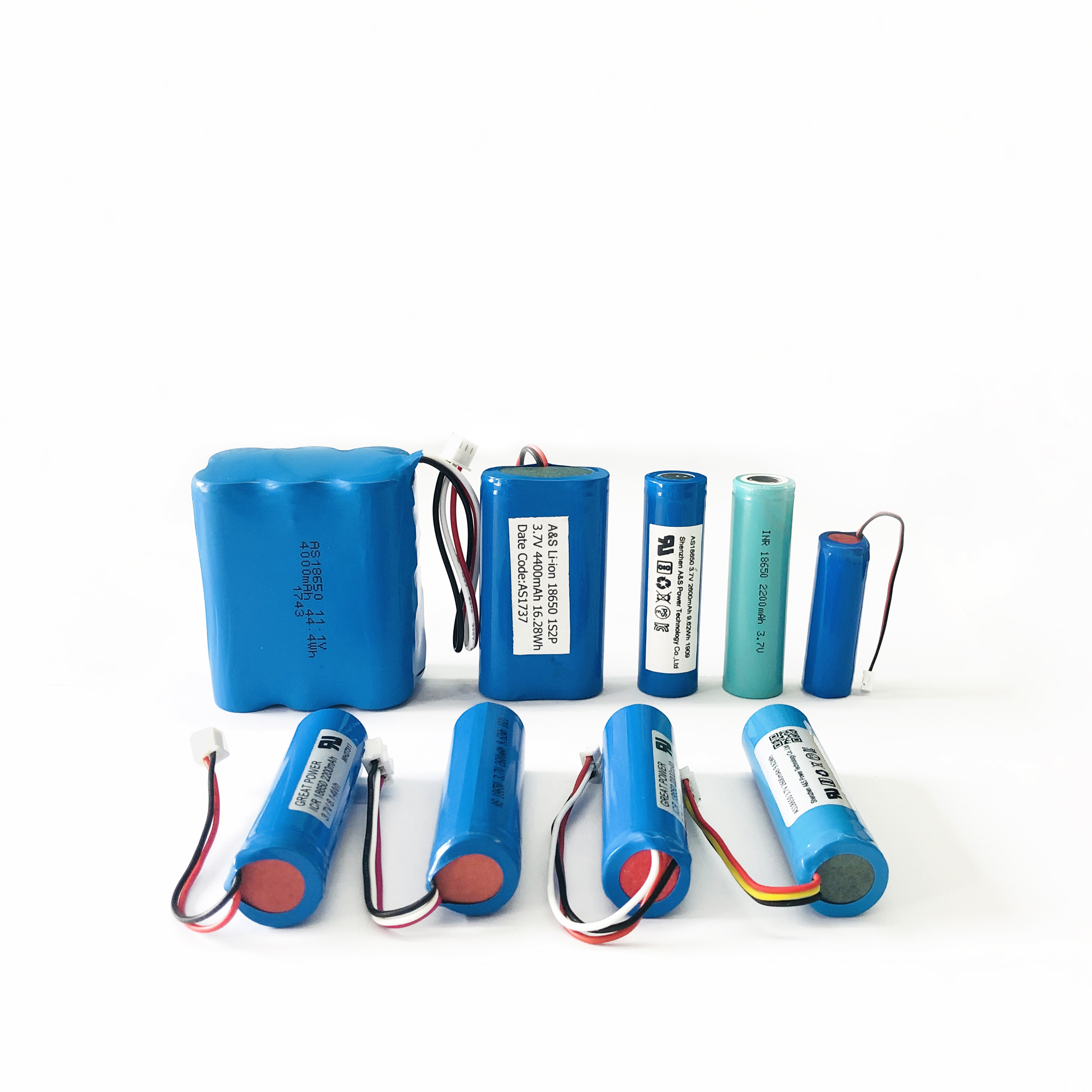From the different point to view the lithium-ion battery safety problems
2021-07-02
In recent years, mobile phone and laptop battery explosion has been unable to attract the eyes, electric vehicle deflagration and lithium power plant fire is is to be the news. Recently occurrence of Samsung Galaxy Note 7 battery large-scale fire explosion, once again pushed the safety of lithium-ion batteries to the cusp.
In addition to the use of the external factors, the safety of lithium-ion battery mainly depends on the basic electrochemical system and the electrode / cell structure, design, production processes and other internal factors, however the batteries used electrochemical system is the decision safety of the most fundamental factors to the Battery. The following will be from several different angles to analyze the safety of lithium-ion battery problems.
From Thermodynamic perspective
Studies have confirmed that not only in the cathode, the cathode material surface is also covered with a very thin passivation film, covering the positive and negative surface of the passive film on the performance of lithium-ion batteries will have a very important impact, and This particular interface problem exists only in nonaqueous organic electrolyte systems.from the Fermi level of view, the existing lithium-ion battery system is thermodynamically unstable, it has been able to work stably because the cathode and anode surface passive film in the power The isolation of positive and negative electrodes and the electrolyte further reaction.
Therefore, the safety of lithium and positive and negative surface of the passivation film integrity and compactness directly related to the understanding of this issue to understand the safety of lithium electricity will be critical.
From Heat transfer angle
Lithium-ion battery unsafe behavior (including the battery in the overcharge and over discharge, rapid charge and discharge, short circuit, mechanical abuse conditions and high temperature thermal shock conditions) easily trigger the battery side of the dangerous side reaction heat, direct damage to the cathode and cathode Surface of the passive film.
When the temperature of the core rises to 130 ℃, the SEI film on the negative electrode is decomposed, resulting in the intense redox reaction of the highly active lithium-carbon negative electrode exposed to the electrolyte, resulting in heat to the battery into high-risk state. When the internal temperature of the battery is increased to above 200 ℃, the cathode of the positive electrode is decomposed to oxygen, and the reaction of the positive electrode with the electrolyte produces a lot of heat and a high internal pressure.
When the battery temperature reaches 240 ℃ or more, but also accompanied by lithium carbon anode with the exothermic reaction of the binder.
It can be seen that the damage of the SEI film on the negative electrode surface leads to the exothermic reaction of the highly active lithium intercalation negative electrode and the electrolyte, which is the direct cause of the battery temperature rise and the thermal runaway of the battery. The decomposition of the cathode material is only one part of the thermal runaway reaction, not even the most important factor.
Lithium iron phosphate (LFP) structure is very stable Under normal conditions does not occur thermal decomposition, but other hazardous side reactions in the LFP battery is still there, so the LFP battery "safety" is only relative sense. From the above analysis we can see that the temperature control of lithium safety significance. Relative to the 3C small battery, the large power battery structure due to batteries, work and environmental factors such as heat dissipation is more difficult, so the large power battery system thermal management design is essential.












